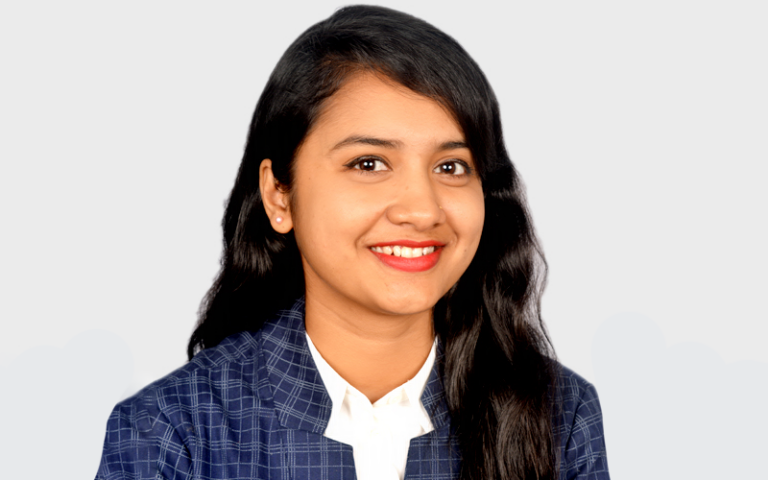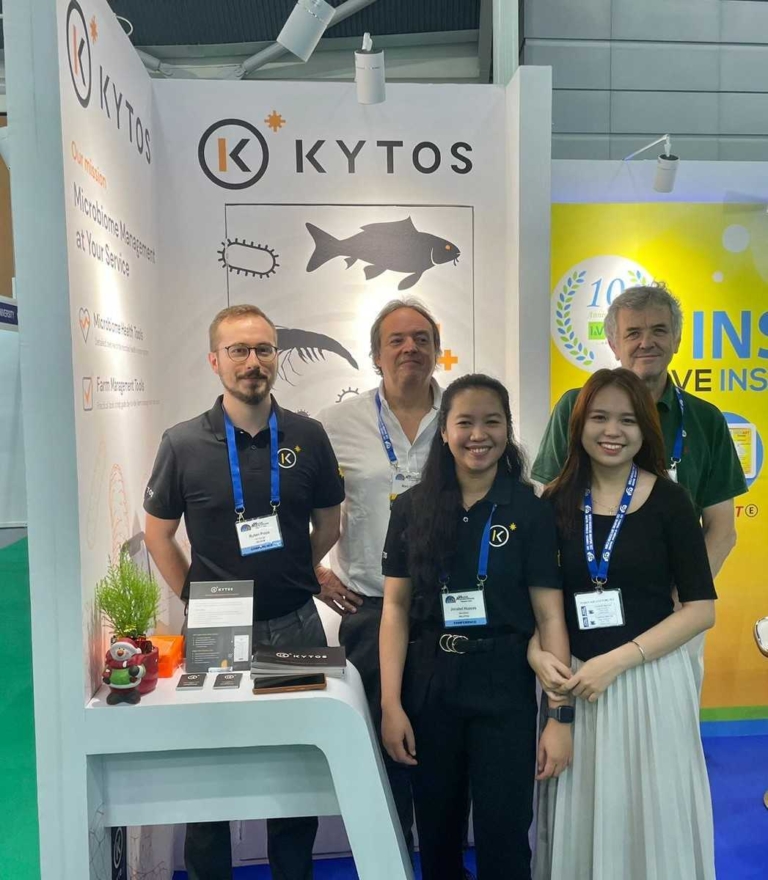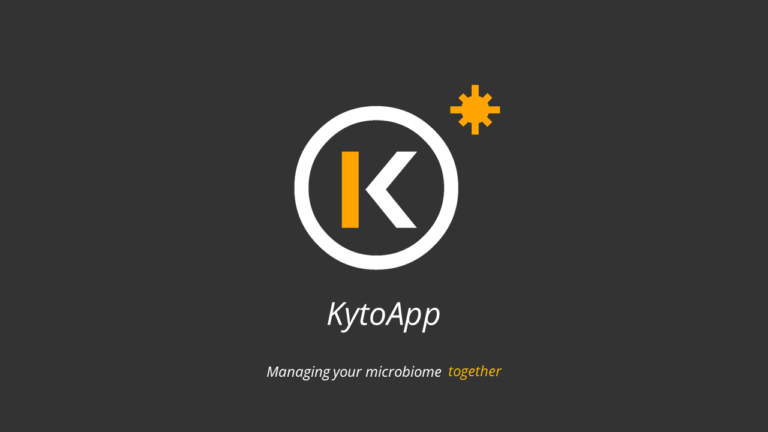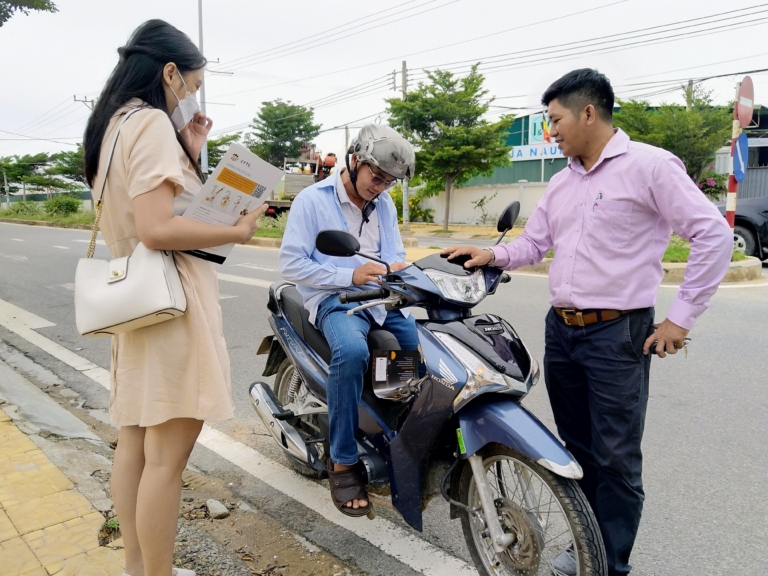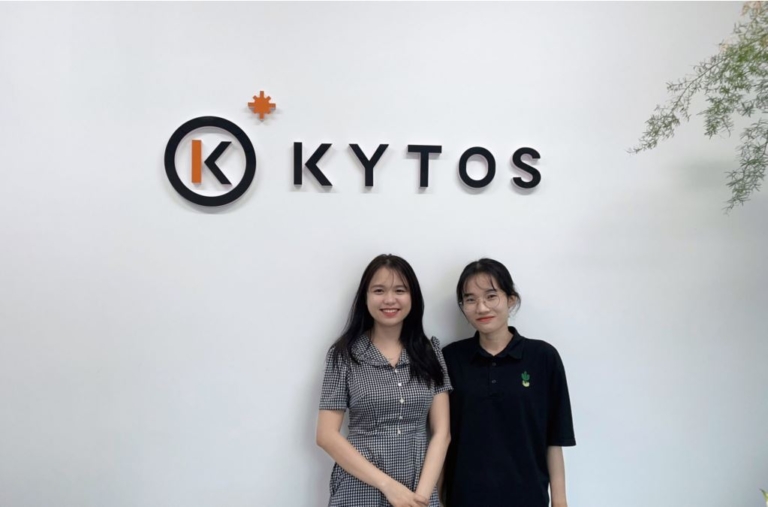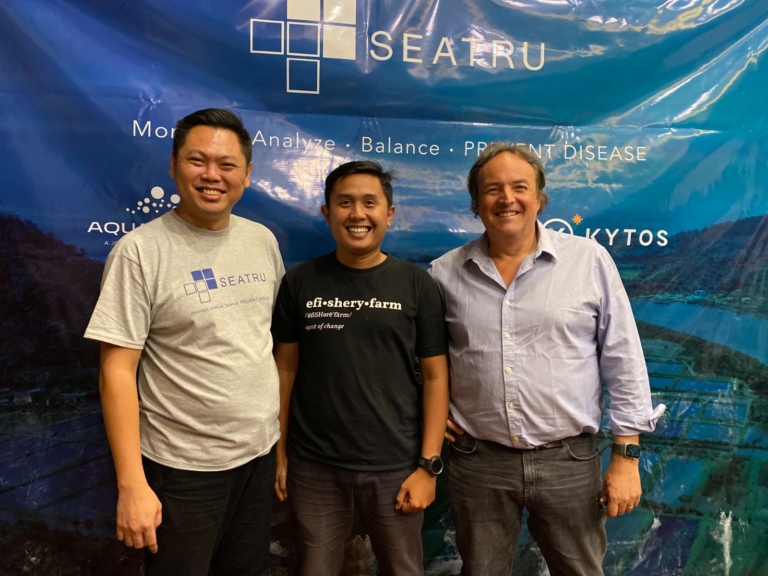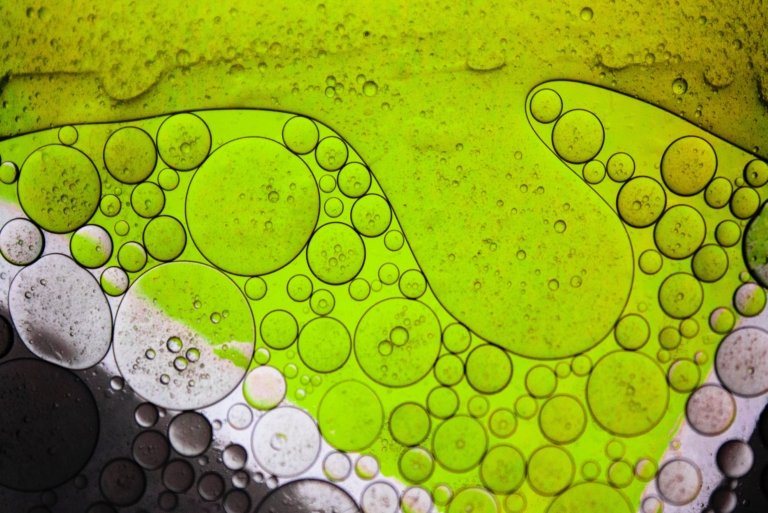Mohsina joins KYTOS as a UGent intern!
Please tell us something more about your background (education, interests, …)? In my country farmers are not always able to spend a lot of money in analysing various parameters to make culture more sustainable as a result they suffer with financial loss in long run. Sometimes the technologies are not available there as well. Providing…
